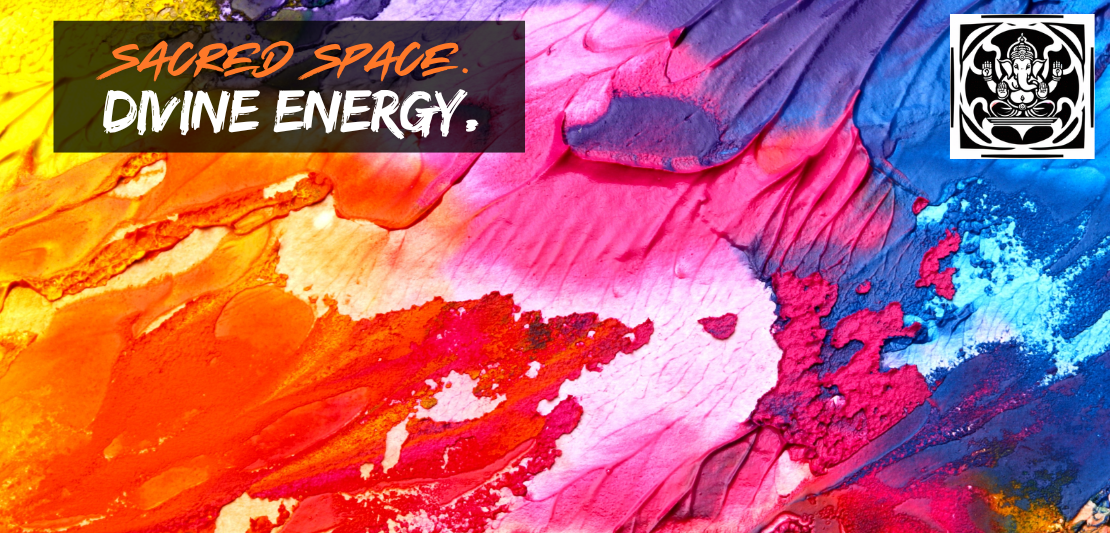
In the realm of Vastu Shastra, the ancient Indian science of architecture and design, the choice of colors plays a pivotal role in cultivating a harmonious and prosperous living environment. As you embark on your journey with Ganesha Vastu, understanding the importance of colors in Vastu can significantly enhance your consulting services and provide immense value to your clients.
Understanding Vastu Shastra and Color Psychology
Vastu Shastra integrates the principles of design and spatial arrangement to create spaces that promote positive energy flow and well-being. Colors, in this context, are more than mere aesthetics; they are powerful tools that influence mood, energy, and overall ambiance. Each color carries specific energies and attributes that can either enhance or disrupt the Vastu harmony of a space.
The Role of Colors in Vastu
- Balance and Harmony: According to Vastu principles, colors should be used strategically to balance the energies of a space. For instance, soothing colors like blue and green are associated with tranquility and growth, making them ideal for bedrooms and meditation areas. In contrast, vibrant hues such as red and orange can stimulate energy and are well-suited for areas like dining rooms or home offices.
- Enhancing Specific Areas: Different colors are believed to influence different directions and aspects of life. For example:
- North-East (Ishaan Kona): This direction is associated with spiritual growth and knowledge. Light blue or green colors in this area can enhance clarity and calmness.
- South-West (Nairutya Kona): A direction linked with stability and strength. Earthy tones like beige or brown can help in creating a grounded and stable environment.
- North-West (Vayavya Kona): Associated with social interactions and business. Colors like white or grey can promote clarity and adaptability.
- Influencing Emotions and Health: Colors also have a profound impact on emotional well-being and health. For example, yellow, a color symbolizing optimism and energy, can uplift moods and stimulate creativity. Conversely, excessive use of dark colors like black can potentially lead to feelings of heaviness and depression.
Practical Tips for Applying Colors in Vastu
- Choose Colors Based on Room Function: Different rooms serve different purposes, and colors should align with their function. For instance, soft pastels are ideal for bedrooms to promote restful sleep, while bright colors may energize living rooms and workspaces.
- Balance Warm and Cool Colors: A balanced mix of warm (e.g., red, orange) and cool colors (e.g., blue, green) can create a harmonious environment. Avoid overusing any single color to prevent overwhelming the space.
- Consider Natural Light: The amount of natural light a room receives can affect how colors appear. Lighter colors can help brighten dim spaces, while darker colors can add depth to well-lit areas.
- Personal Preferences and Cultural Significance: While Vastu provides general guidelines, personal preferences and cultural significance should also be considered. Integrating colors that resonate personally can enhance the effectiveness of Vastu principles.
Incorporating color thoughtfully into Vastu practices can transform spaces into environments that promote health, prosperity, and harmony. As you establish Ganesha Vastu, leveraging the power of colors to align with Vastu principles will undoubtedly set you apart in the consulting arena. By guiding clients to choose colors that harmonize with their living spaces, you’ll be helping them create environments that are not only beautiful but also energetically balanced and supportive of their well-being.
For more insights and personalized Vastu consultations, contact Ganesha Vastu today and discover how we can enhance your living spaces with the art and science of color in Vastu Shastra.

0 Comments